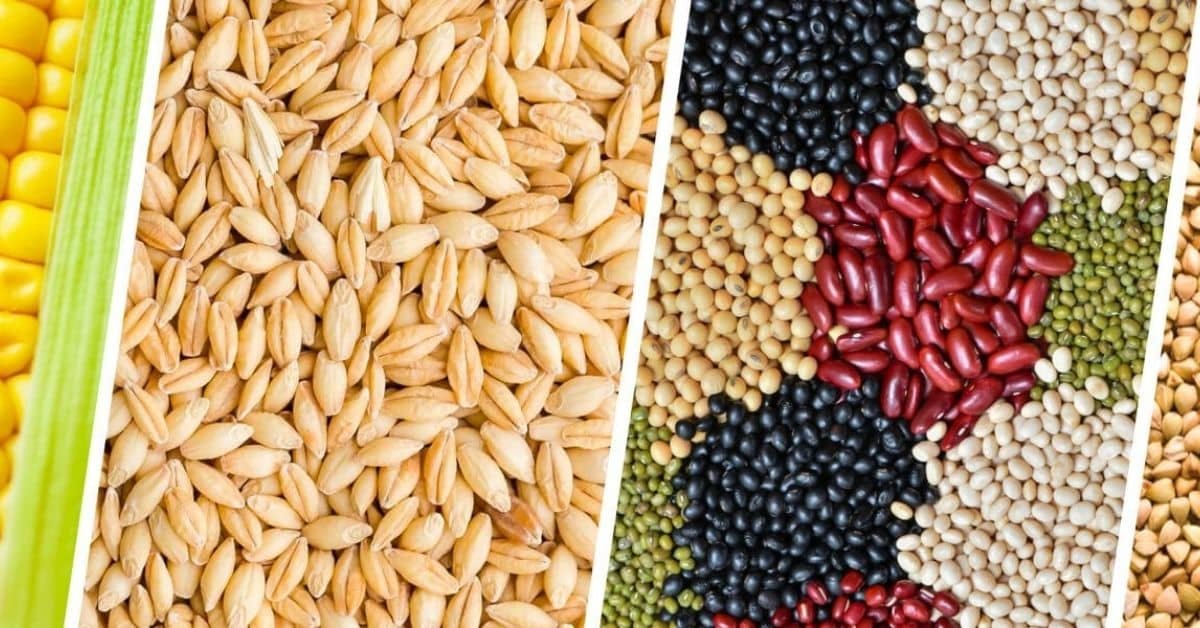Quality control of crops is the systematic approach toward achieving and or maintaining their quality standards. Quality control integrates random and uncoordinated activities toward achieving and maintaining quality standards into a comprehensive and systematic program. It does not permit vital operations or procedures to be accomplished or ignored by chance.
Quality Control of Crops
Quality control of crops is the process of inspecting and testing crops to ensure that they meet certain standards for quality. This process can include inspecting the crops for pests and diseases, checking the size and shape of the crops, and testing the crops for levels of nutrients or toxins. Quality control is important for ensuring that crops meet consumer demands and are safe to eat.
The quality of the crop produced is as important as the quantity produced, or more important than that. For example, it is desirable to produce fine rice with a pleasant aroma, wheat with high milling quality, maize with a high percentage of marketable grain to stalk, cotton with long fibers, groundnut with a low percentage of the hull, sugarcane with high sucrose, potatoes with good cooking quality, etc.
Factors Affecting Quality of Crops
Sometimes, it is challenging to separate the crop’s quantity and quality factors. Sometimes it is possible to do that, and sometimes they are inseparable. In this context quality factors of crops are stated below-
1. Climatic factors:
a. Precipitation
b. Temperature
c. Humidity
d. Solar radiation
e. Location of the crop area:
- Latitude
- Longitude
- Altitude
f. Wind velocity
g. Natural disaster (flood, cyclone, storm surge, untimely rainfall, hails, etc.)
2. Edaphic factors:
a. Land type
b. Soil type:
- Soil texture
- Soil structure
- Moisture holding capacity of soils
c. Soil organic matter
d. Soil pH
e. Soil microorganism
f. Soil nutrient
g. Soil temperature
h. Soil salinity and alkalinity
3. Biological factors:
a. Crop/variety
b. Pests/Parasites:
- Weed
- Insect
- Nematode
- Disease organisms (Bacteria. fungi, viruses, etc.)
- Rodent
4. Cultural factors:
a. Preparatory land tillage
b. Selection of crop/variety
c. Time of sowing/planting/transplanting
d. The density of seeding/transplanting
e. Isolation distance
f. Balanced fertilization
g. Planting materials
h. Plant population/plant stand:
- Row to row spacing
- Plant to plant spacing
- Plant population per m2
i. Intercultural operations:
- Weeding
- Water management (Irrigation & Drainage)
- Mulching
- Thinning & Gap filling
- Earthing up
- Rouging
- Pesticide application
- Pruning
- Tying
- De-suckering
- De-topping
j. Harvesting:
- Sunny day
- Avoid injury
k. Post-harvest operations:
- Threshing
- Drying
- Cleaning
- Grading
- Storing
I. Insect pest and disease control

